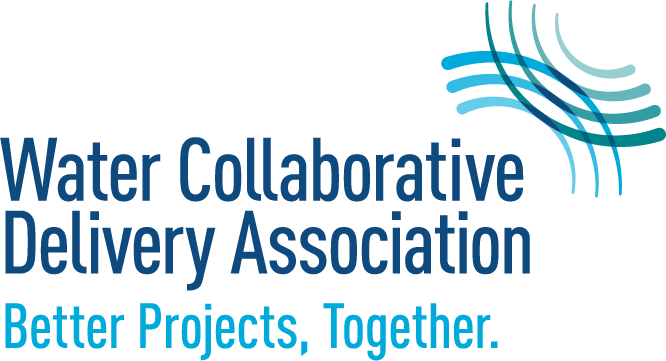Blog
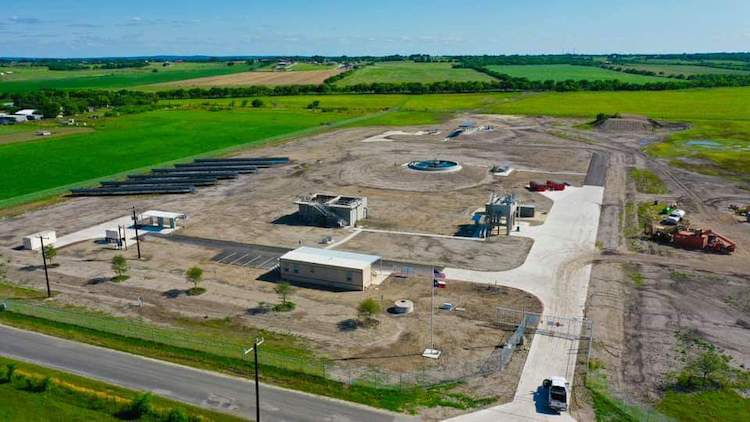
Silver Lining: Lessons Learned from an Envision-Rated Treatment Plant
Sustainability has become a word mentioned across our lives and the industry but isn’t as clearly defined as other terms like efficiency, safety factor, or effluent quality.

Designing for Procurement Can Help Alleviate Supply Chain Headaches
The design-build project delivery approach continues to deliver value to municipal water utilities. From a single point of responsibility and integration to cost certainty and timely delivery, design-build can help create a more streamlined and seamless project experience.
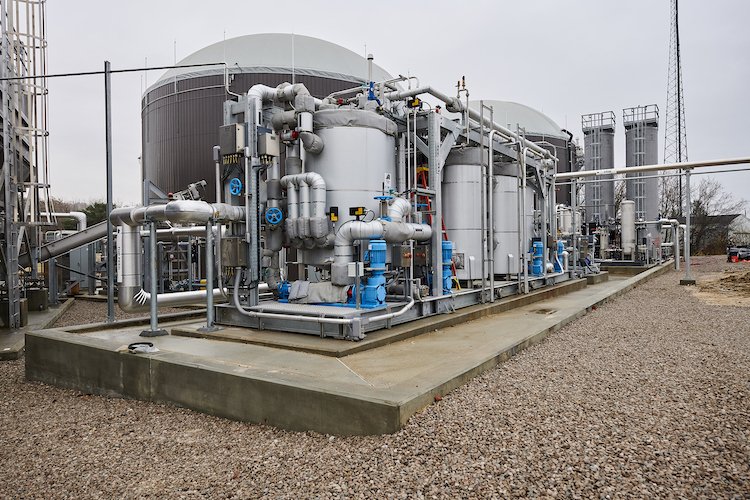
Transferring Risk: An Opportunity to Add Value Using Progressive Design-Build Delivery
Projects delivered under construction management at-risk (CMAR) and progressive design-build (PDB) contracts are becoming more common in the US water sector. Each method offers opportunities for an owner to accelerate schedule, collaborate more effectively with a project team, facilitate early consideration of construction issues, and receive insight into project cost. There are many similarities between these two delivery methods, but PDB offers one major differentiator: an opportunity for the owner to transfer additional risk.
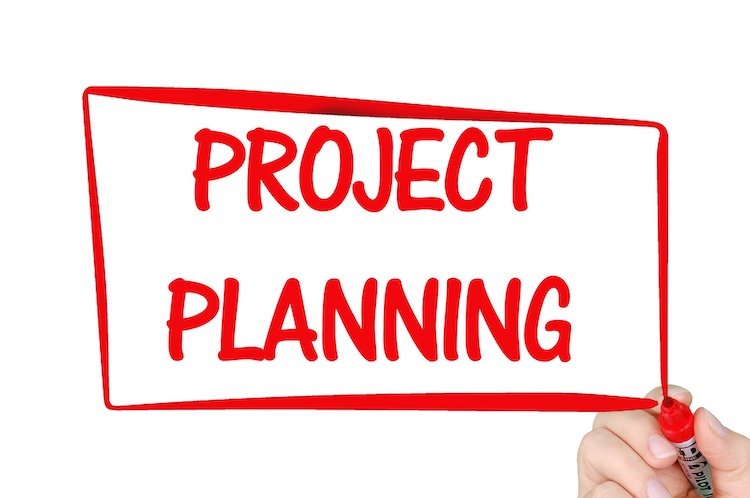
Balancing Self-Performance and Subcontracting in Collaborative Delivery Projects
As the number and size of infrastructure projects continue to increase, while the qualified available workforce continues to decrease, contractors who traditionally identify as “self-performing” contractors find themselves having to make decisions on what scopes of work they ultimately need to self-perform for project success. This is especially true on the “mega-sized” projects.

Top 5 Reasons to Use a Standardized Contract Document
There is a long and rich history of the development and use of standardized contract documents in the US construction industry. There are several off-the-shelf contract options that have been strategically developed specifically for our industry.

An Owner’s Top 3 Action Items for Organizational Preparedness
Do you have a one-time mega-project that you don’t have the capacity or capabilities to deliver? Is your capital improvement program growing quickly and you need to equip your staff with the right skills and relevant knowledge to keep up with the rising demand? Do you need to decrease your average project delivery time due to rate-payer or political pressure? All of the above?
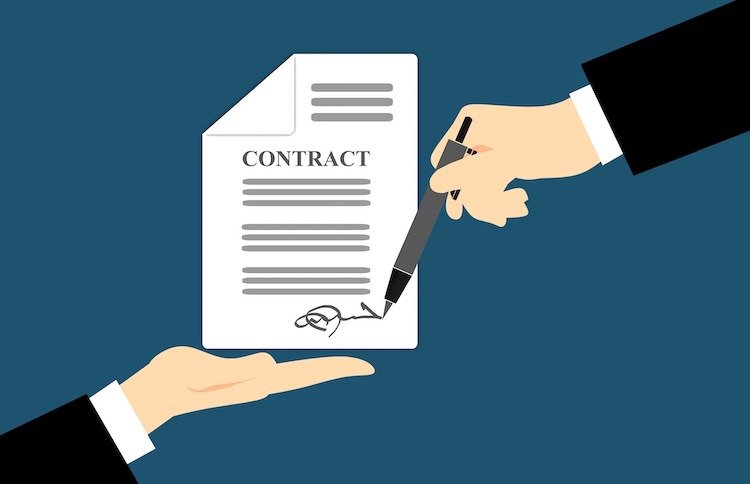
Do You Really Want to Contract with the Greater Fool?
One of my typical roles as an owner advisor is to review proposed construction management at-risk (CMAR) and design-build contracts from a commercial perspective—i.e., what’s the likely marketplace reaction to the contract and is the contract consistent with the philosophy behind collaborative delivery? I am continually amazed by what I see.
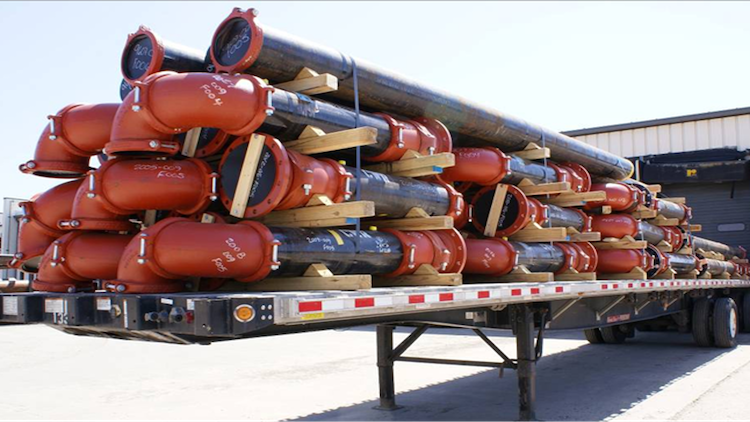
Using Collaborative Delivery to Mitigate Supply Chain Disruption
When we emerge from the extreme days of the COVID environment, there will be some lingering effects that become a permanent part of our way of doing business. Management of the supply chain is probably one of the most significant.
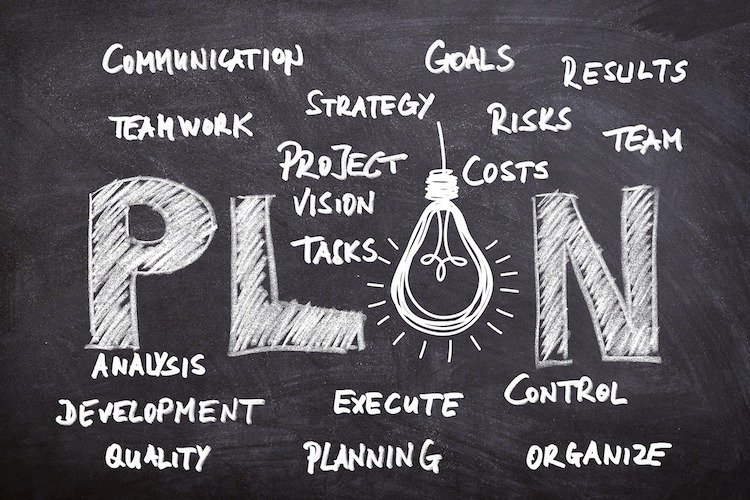
How the Design-Build Process Improves the Chance of Success for the Commissioning Process
The beginning stages of the design-build process may seem premature to begin discussions on commissioning, but early planning improves the chance of project success. Collaborating on commissioning with the design-build team allows an owner to articulate their goals and expectations for the project, develop a commissioning plan that is built upon throughout the design process, and successfully execute the plan.
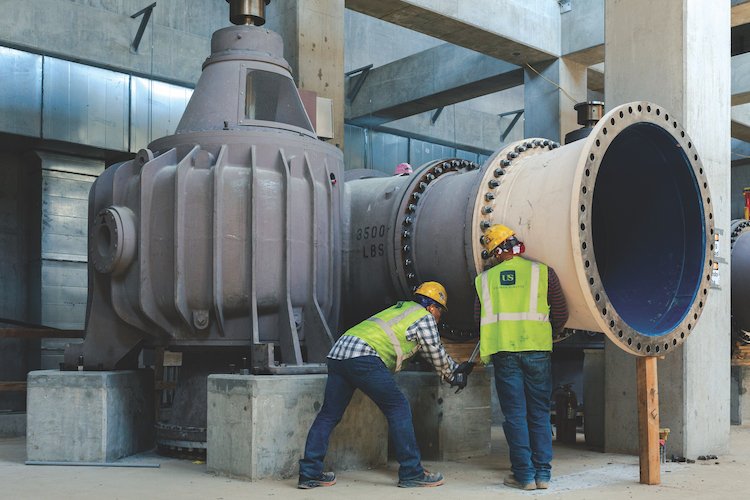
Benefits of a Proven Self-Performing Design-Builder
A critical element of success for progressive design-build projects is cost savings. It is the design-builder’s job to make every penny of the guaranteed maximum price (GMP) count.
